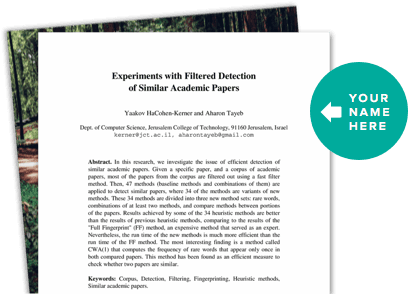About This Project
Pesticides and pharmaceuticals threaten land and coastal-marine ecosystems. This study focuses on regions with Agriculture and urban activities aiming to understand the sources of these micropollutants, their movement, and distribution within the environment. Through sampling and analysis, the land-to-sea movement of these micropollutants will be assessed and compare findings globally. The goal is to inform policies for sustainable management and protection of coastal ecosystems.
Ask the Scientists
Join The DiscussionWhat is the context of this research?
The increasing use of pesticides and pharmaceuticals worldwide and in South Africa particularly combined with inadequate wastewater treatment systems has raised concerns about the presence and impact of these micropollutants on the environment and human health. These micropollutants have been documented to have negative effects on both continental and marine (aquatic) ecosystems. Ojemaye et al (2019) on the occurrence of emerging pollutants highlighted the presence of micropollutants in the South African ecological environment. Many other authors have discussed the presence of these micropollutants in the environment (e.g., Chow et al, 2023; Chetty Mhlanga et al. 2021, etc)
What is the significance of this project?
The significance of the project include:
Understanding the source-to-sink dynamics of micropollutants through the environment. This knowledge is crucial for targeted management and mitigation efforts.
Filling Knowledge Gap: This research focusing on South Africa with unique Agricultural and urban pressures will contribute to a broader understanding of micropollutants on a global scale.
Policy Making: The Data generated and the results obtained can guide regulations on pesticide and pharmaceutical use, water treatment standards and procedures, as well as environmental monitoring policies.
What are the goals of the project?
The goals of the project include:
Quantifying the concentrations of micropollutants (Pesticides and pharmaceuticals) in water, sediments and fish samples.
Understanding the transport fate of the micropollutants through mapping the transport pathways by identifying the pollution sources and dispersal mechanisms.
Global context and policy implications: Findings will be compared to international trends and potential lessons will be recommended in the way of policy to the South African context.
Budget
Solid-phase extraction Cartridges (SPE) isolate and concentrate pesticides and pharmaceuticals from water, sediment and fish samples. this is necessary to achieve the low detection limits needed for analysing these contaminants.
Pharmaceutical and pesticide standards are calibrated chemicals that will serve as reference points for identifying and quantifying the micropollutants. Calibration will ensure accurate identification and quantification of these contaminants.
Endorsed by
 Project Timeline
Project Timeline
The Research is expected to last between 2024 and 2026. Within this time frame, a one-year sampling/field campaign will be conducted to accommodate data collection for a full season cycle and subsequent analysis.
Mar 26, 2024
Project Launched
Jun 28, 2024
Experimental Design and Approval: Field sampling and analysis plans will be developed. Potential limitations and uncertainties in the methods will be considered.
Sep 30, 2024
Site Selections and Initial Sampling Campaign. Key sampling locations will be identified and sampling campaigns carried out.
Mar 31, 2025
Laboratory Analysis and Preliminary Data Interpretation: Preliminary analysis of samples is expected to be completed and the success of the experimental design will be assessed.
Dec 31, 2025
Conclusion of Expanded Sampling, Data Collection and Analysis: Follow-up sampling campaigns will be carried out and the results of the analysis will be consolidated
Meet the Team
Affiliates
Jessie Mzati Amaechi
I am a PhD student with the Environmental and Nanoscience research group at the University of the Western Cape. My research focuses on the transport of contaminants of emerging concerns from source to sink. I also have research interests in groundwater remediation.
Lab Notes
Nothing posted yet.
Project Backers
- 3Backers
- 1%Funded
- $65Total Donations
- $21.67Average Donation


